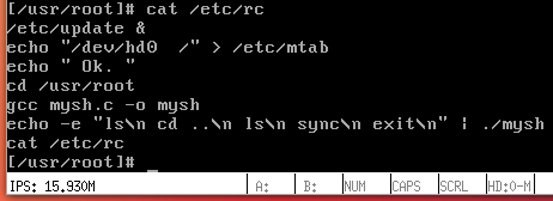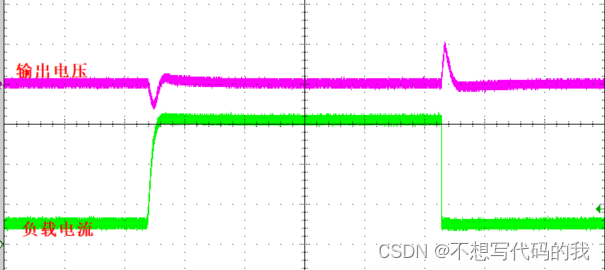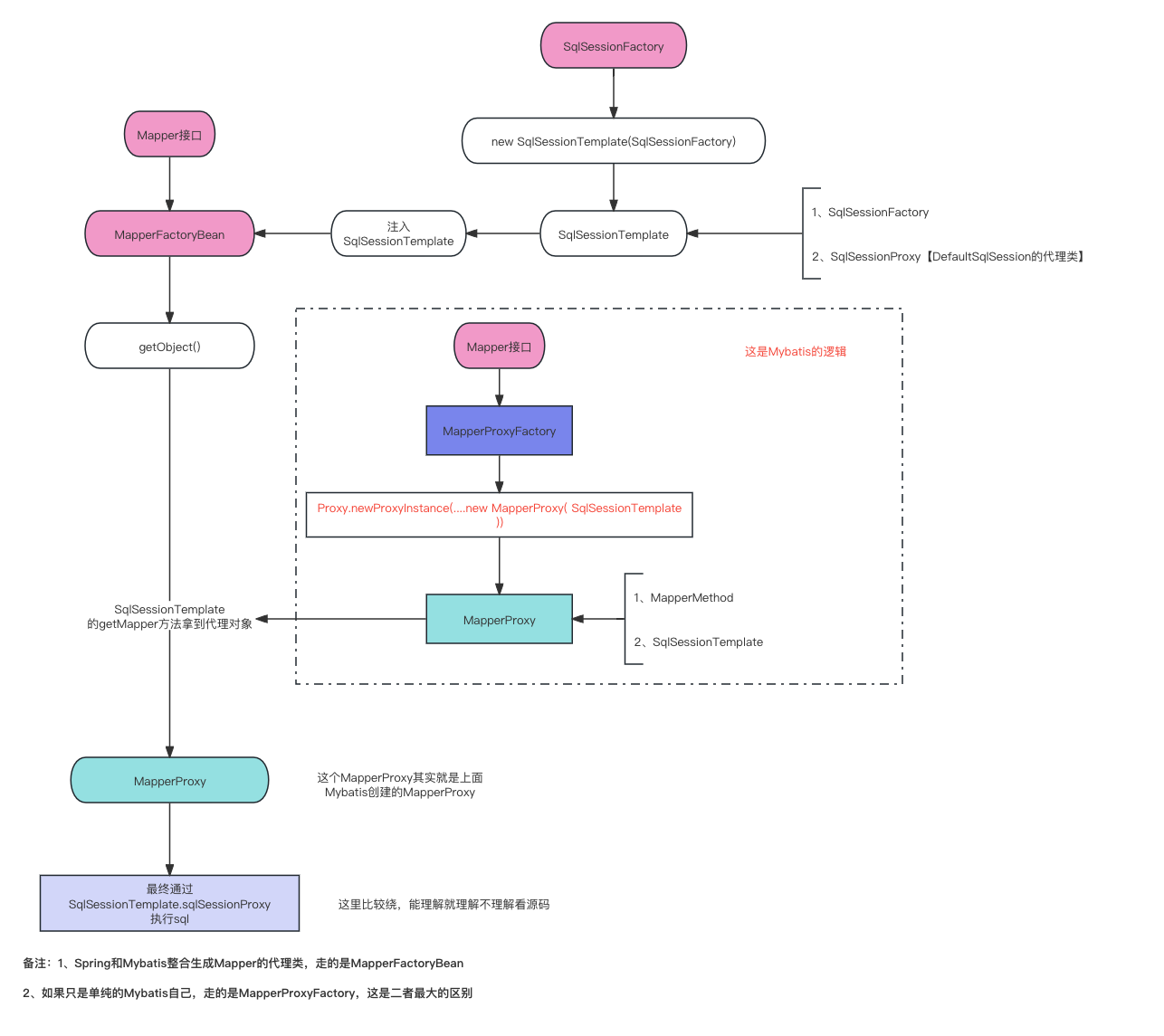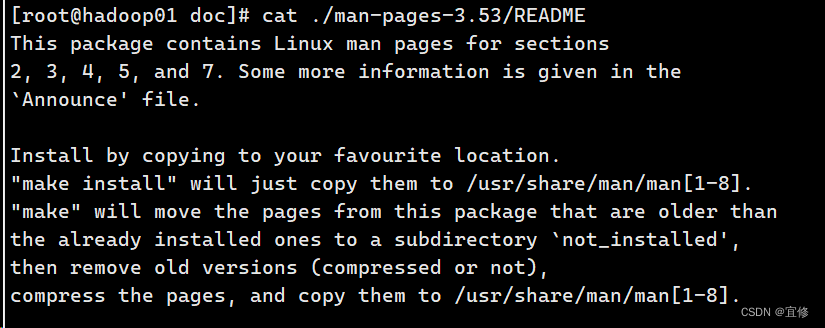文章目录
- 前言
- 递归实现
- 非递归实现
- 力扣习题
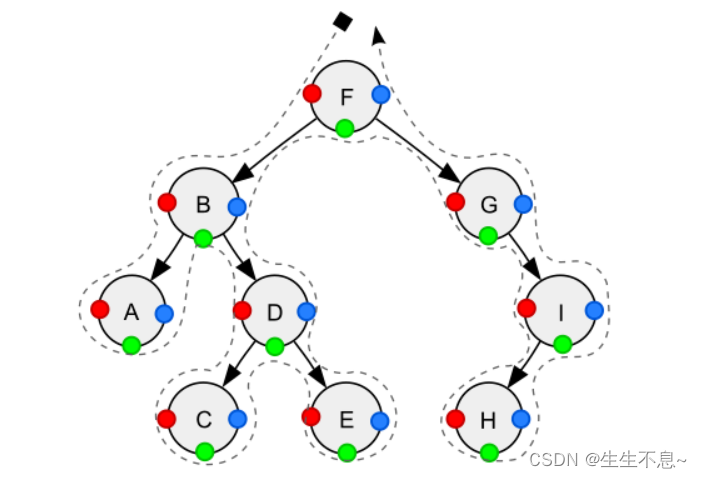
- 红色:前序遍历顺序
- 绿色:中序遍历顺序
- 蓝色:后续遍历顺序
前言
二叉树遍历也分为两种
- 广度优先遍历(Breadth-first order):尽可能先访问距离根最近的节点,也称为层序遍历
- 深度优先遍历(Depth-first order):对于二叉树,可以进一步分成三种(要深入到叶子节点)
- pre-order 前序遍历,对于每一棵子树,先访问该节点,然后是左子树,最后是右子树
- in-order 中序遍历,对于每一棵子树,先访问左子树,然后是该节点,最后是右子树
- post-order 后序遍历,对于每一棵子树,先访问左子树,然后是右子树,最后是该节点
递归实现
/**
* <h3>前序遍历</h3>
* @param node 节点
*/
static void preOrder(TreeNode node) {
if (node == null) {
return;
}
System.out.print(node.val + "\t"); // 值
preOrder(node.left); // 左
preOrder(node.right); // 右
}
/**
* <h3>中序遍历</h3>
* @param node 节点
*/
static void inOrder(TreeNode node) {
if (node == null) {
return;
}
inOrder(node.left); // 左
System.out.print(node.val + "\t"); // 值
inOrder(node.right); // 右
}
/**
* <h3>后序遍历</h3>
* @param node 节点
*/
static void postOrder(TreeNode node) {
if (node == null) {
return;
}
postOrder(node.left); // 左
postOrder(node.right); // 右
System.out.print(node.val + "\t"); // 值
}
非递归实现
因为非递归实现的话,在前中后序遍历的时候,需要记住回来的路,所以需要使用栈这种结构,下面的写法统一使用一般自定义写法LinkedListStack,如果在实际写力扣题的时候,需要改为java内置的Stack或者Deque来表示栈,下面的写法重点介绍思想
前序遍历
LinkedListStack<TreeNode> stack = new LinkedListStack<>();
TreeNode curr = root;
while (!stack.isEmpty() || curr != null) {
if (curr != null) {
stack.push(curr);
System.out.println(curr);
curr = curr.left;
} else {
TreeNode pop = stack.pop();
curr = pop.right;
}
}
中序遍历
LinkedListStack<TreeNode> stack = new LinkedListStack<>();
TreeNode curr = root;
while (!stack.isEmpty() || curr != null) {
if (curr != null) {
stack.push(curr);
curr = curr.left;
} else {
TreeNode pop = stack.pop();
System.out.println(pop);
curr = pop.right;
}
}
后序遍历
LinkedListStack<TreeNode> stack = new LinkedListStack<>();
TreeNode curr = root; //代表当前节点
TreeNode pop = null; //最近一次弹栈的元素
while (!stack.isEmpty() || curr != null) {
if (curr != null) {
stack.push(curr);
curr = curr.left;
} else {
TreeNode peek = stack.peek();
if (peek.right == null || peek.right == pop) {
pop = stack.pop();
System.out.println(pop);
} else {
curr = peek.right;
}
}
}
对于后序遍历,向回走时,需要处理完右子树才能 pop 出栈。如何知道右子树处理完成呢?
-
如果栈顶元素的 r i g h t ≡ n u l l right \equiv null right≡null 表示没啥可处理的,可以出栈
-
如果栈顶元素的 r i g h t ≠ n u l l right \neq null right=null,
- 那么使用 lastPop 记录最近出栈的节点,即表示从这个节点向回走
- 如果栈顶元素的 r i g h t = = l a s t P o p right==lastPop right==lastPop 此时应当出栈
对于前、中两种遍历,实际以上代码从右子树向回走时,并未走完全程(stack 提前出栈了)后序遍历以上代码是走完全程了。
另外,前中后序遍历中,从栈中弹出来就表示这个结点处理完了
统一写法
LinkedList<TreeNode> stack = new LinkedList<>();
TreeNode curr = root; // 代表当前节点
TreeNode pop = null; // 最近一次弹栈的元素
while (curr != null || !stack.isEmpty()) {
if (curr != null) ·{
colorPrintln("前: " + curr.val, 31);
stack.push(curr); // 压入栈,为了记住回来的路
curr = curr.left;
} else {
TreeNode peek = stack.peek();
// 右子树可以不处理, 对中序来说, 要在右子树处理之前打印
if (peek.right == null) {
colorPrintln("中: " + peek.val, 36);
pop = stack.pop();
colorPrintln("后: " + pop.val, 34);
}
// 右子树处理完成, 对中序来说, 无需打印
else if (peek.right == pop) {
pop = stack.pop();
colorPrintln("后: " + pop.val, 34);
}
// 右子树待处理, 对中序来说, 要在右子树处理之前打印
else {
colorPrintln("中: " + peek.val, 36);
curr = peek.right;
}
}
}
public static void colorPrintln(String origin, int color) {
System.out.printf("\033[%dm%s\033[0m%n", color, origin);
}
力扣习题
E01. 前序遍历二叉树-Leetcode 144
E02. 中序遍历二叉树-Leetcode 94
E03. 后序遍历二叉树-Leetcode 145


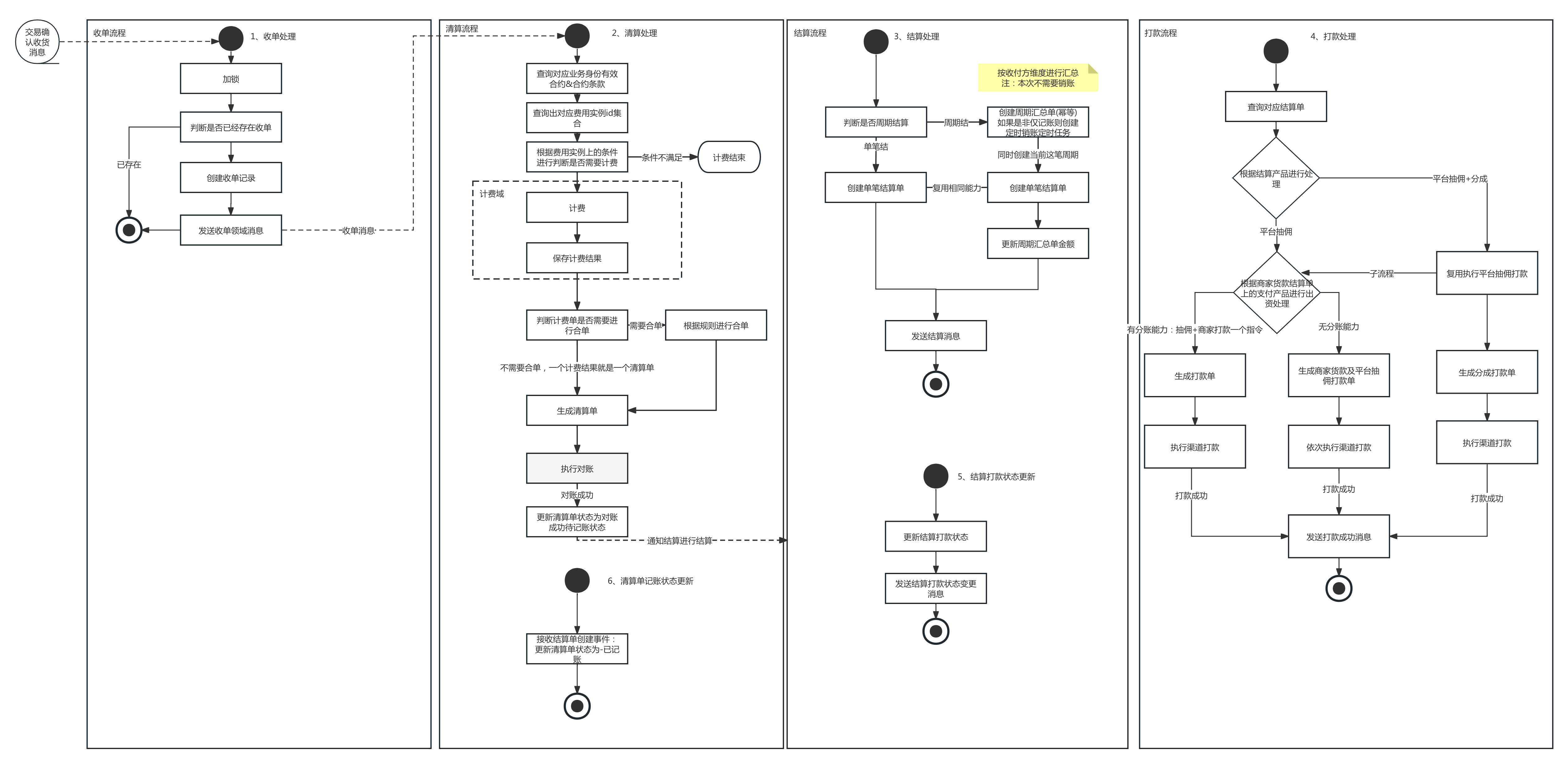
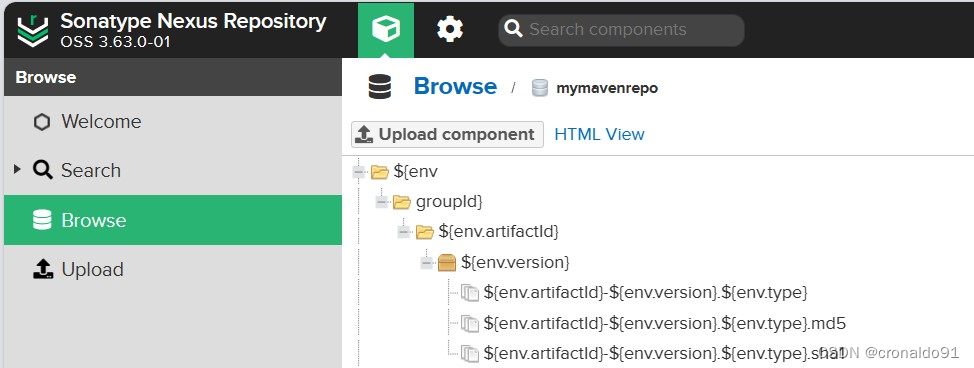





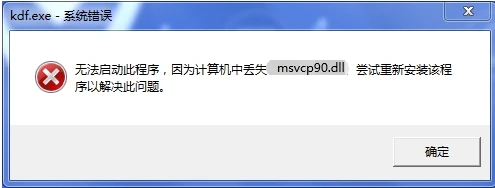
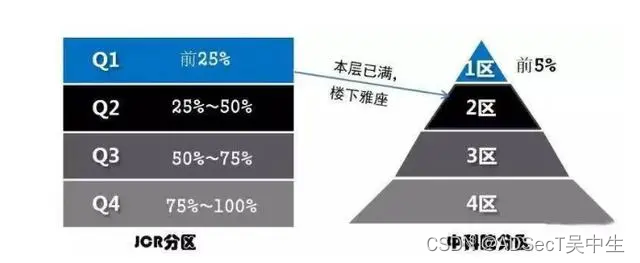
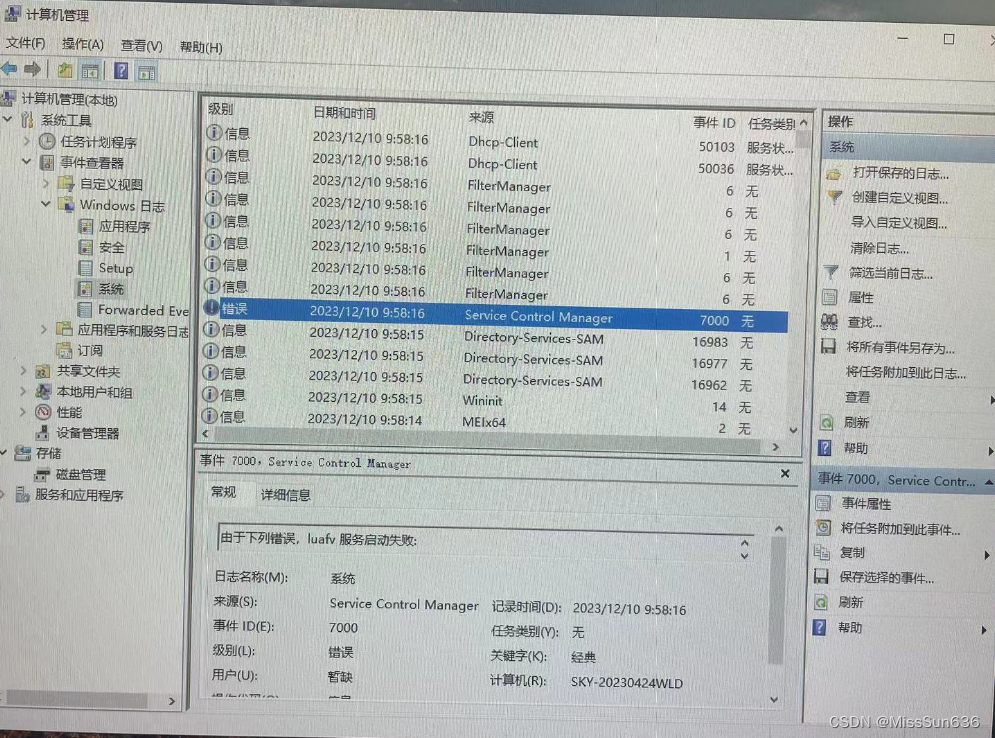
![[渗透测试学习] Devvortex - HackTheBox](https://img-blog.csdnimg.cn/direct/595119c182a340b39d521cfa6c1dea63.png)
